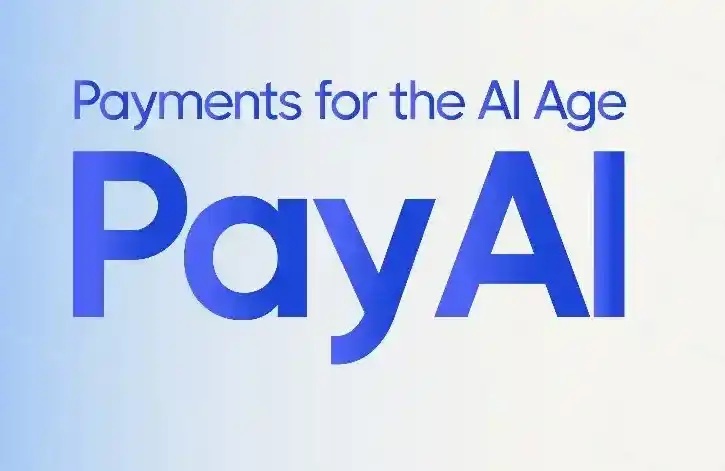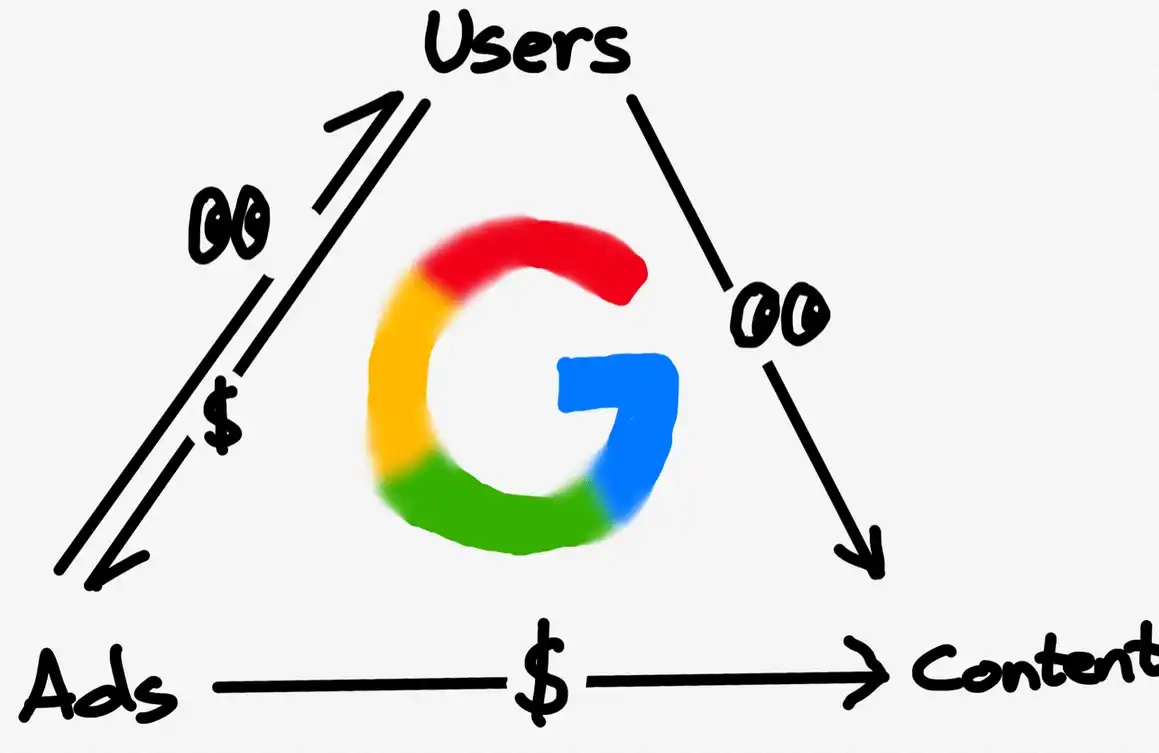Bankless: False promises of current blockchain games and the true Web3 game architecture.
Original Title: "Bankless: False Promises of Current Chain Games and the True Web3 Game Architecture"
Original Author: Donovan Choy, Bankless
Translated by: DeFi Dao
When Ethereum finally becomes mainstream in 2087 and the Federal Reserve no longer exists, historians will trace the origin of Crypto back to a moment in 2011 when Blizzard weakened Vitalik Buterin's "Life Drain" spell for characters in World of Warcraft (thx blizz!).
As the story goes, this allowed 15-year-old V God to see the "terror of centralized services," thus giving birth to Ethereum, which will ultimately put an end to the crazy situation of centralized video games.
Or, at least, this is our direction.
Unfortunately, most existing blockchain games are still affected by the aforementioned censorship cases, despite their marketing pages being filled with trendy promises of "unlicensed interoperability" and "true ownership".
Current (False) Promises of the Blockchain Gaming Industry
Let's review the purpose of blockchain.
The role of blockchain is to facilitate the sharing and consensus of distributed databases. People often have differences of opinion, so the entire crypto community is constantly forking. Forking readjusts consensus between irreconcilable differences.
So, why build games on the blockchain?

For the same reason: people fundamentally disagree on how to build game universes, just as Vitalik disagreed with Blizzard's decision to weaken his beloved Warlock. Therefore, the true promise of blockchain games is to enable divided gaming communities to resolve their differences.
The problem is that most blockchain games have not reached this standard. Games like Axie Infinity or CryptoKitties are minimal on-chain games. Their assets exist as on-chain data, but the basic logic (game rules) and state (action history in the game) of the game exist in centralized game servers off-chain.
These assets' financial value is entirely dependent on Sky Mavis' ability to successfully provide the Axie Infinity ecosystem as a commercial product. They are marketed as web3, but are more similar to web2.5 as players have little control over the game's basic rules, which are off-chain and centrally planned.
Real Web3 Game Architecture
How do we start building a truly anti-censorship and unstoppable blockchain game? According to Gubsheep's "The Strongest Cryptographic Game Theory":
The logic and state of the game are on the chain. The game rules - how you act, fight, harvest, and consume - should be embedded as rules in open source and on-chain smart contracts. All game data is on the blockchain, so it is interoperable. The game is independent of the client. If the core developers disappear tomorrow, players do not have to rely on them to continue playing the game; people in the community can create their own clients and send players' actions on the chain.
When the above conditions are met, some important things begin to happen.
Go for innovation licensing
When the game logic is on-chain -- first, the game world achieves permanence, even if the company goes bankrupt or abandons development, it will continue to exist, just like how DeFi protocols continue to run permanently. As Ronan Sandford said, on-chain games provide "real independence".
Secondly, it has opened the door to unlicensed innovation. Any player can creatively "modify" the game in the form of smart contracts by introducing second-layer rules (referred to as user-generated logic by Curio) and "reference" the basic game rules (i.e. "digital physics").
Perhaps this may sound confusing, but in fact it is not -- this is just DeFi's composability 101, where developers build new protocols on top of existing protocol code, also without permission.
As long as the second layer rules do not violate the basic rules, they are allowed. It is worth noting that the second layer rules are different from the additional components/mods in existing games, which only change your personal user interface and local experience; they are embedded in on-chain smart contracts, affecting the virtual game experience shared with all other players.

For example, a fully on-chain game that is determined to preserve the classic rules of international chess will enshrine the rules as non-negotiable and unchangeable in the smart contract, with the knight (horse) only able to move in an L-shape and the bishop (elephant) only able to traverse diagonally.
However, anyone can create new second-layer rules on top of these immutable laws of digital physics. They can be a Token, a guild system, an RPG-like quest line where you don't need to capture the opponent's king to win the game, but simply move your king to the other end of the board. You can also introduce a trading system, buying back dead pieces with attached Token currency or exchanging pieces with your opponent. Anything is possible as long as the logic of the basic rules allows it.
True Interoperability
In on-chain games, assets are not constrained by a strict set of game logic and have the greatest interoperability in the broadest sense. They often exist only as another Token in the expanding game universe, just like the thousands of Tokens in DeFi that compete with each other based on their own rule sets, or Token economic models.
Compared to that, Epic may allow "interaction" of Fortnite game assets in its game library, but they are only interoperable when allowed by the developer. This is also true for game assets in Web 2.5 chain games.

High Incentive Measures
The last piece of the puzzle is motivation. Traditional games have many highly active mod communities, but their operations are constrained by core developers. Minecraft's history provides the best example. As I wrote before:
For many years, Microsoft has used intellectual property law to allow Minecraft users to modify and create user-generated content, but prohibits them from selling officially licensed code for profit, effectively maintaining a gray economy composed of passionate fans who live to serve them.
From an economic perspective, these weak property rights are not very incentivizing for mods. Therefore, mods are usually maintained by enthusiasts and amateur enthusiasts out of altruism.
The problem is completely solved by the on-chain game. In the on-chain game, players have a stronger motivation to create MODs because the created MODs are unreviewable permanent creations (the second layer rule mentioned above) and are incorporated into immutable smart contracts. The ownership rules of all tokens, game mechanisms, social structures, or rules created by players in the game are completely under their control and are not constrained by the underlying licensed game logic and rules. Most importantly, they compete with what other players create in the game economy.

In the world of blockchain games, core game developers cannot unilaterally change the basic rules of the game. This will save Vitalik's toon in World of Warcraft! The days of game dictatorship will be gone forever.

OK, after enough theory, let's take a look at some examples of blockchain games.
Chain Game Case Study
"Dark Forest" may be the prime example of blockchain games. Created by Gubsheep at 0xPARC Foundation, "Dark Forest" is a multiplayer strategy game with a space theme, deployed on the Gnosis chain since 2019.
The entire game logic and state of "Dark Forest" are contained on the chain. Unlike traditional online games today, there is no centralized server or database to process game actions or store game states.

As explained, the magic of blockchain games lies in the spontaneous rules formed by players utilizing their on-chain properties. There are many examples of this in "The Dark Forest". Its players have created an in-game market that allows for the trading of in-game resources without the need for core developers to release patches for a trading system or auction house.
"The Dark Forest" does not have a built-in guild system, so a group of players (DFDAO) proactively built their own off-chain guild system through an external smart contract. This allows many small players to coordinate and pool their resources in a completely trustless manner, with the goal of becoming competitive on the leaderboard dominated by experienced players. As recorded on the DFDAO blog:
In the fourth round... we deployed The Astral Colossus, an intelligent contract player, allowing other players to provide it with [resources] as a team. This eliminates the trust factor between players, as all the code for what is happening is in one smart contract, which you can read and know what it will do, making the process trustless and permissionless.
DFDAO has completely forked "The Dark Forest" onto a different chain. Their forked version, called "Dark Forest Arena," introduces various new game modes. In any other MMORPG, all of these actions would be considered illegal, black market trading, or "hacking." However, in chain-based games like "The Dark Forest," everything is allowed and runs on code.

Examples of community-led emerging rules can also be found elsewhere in OPCraft, a Minecraft on-chain version built on Optimism by the Lattice team. During early testing on OPCraft, players created plugins to automatically collect resources, chat with each other, teleport on the map, and change the world's color scheme.
A player named SupremeLeaderOP has created a communist republic by deploying on-chain smart contracts and has established a corresponding set of rules. Any player who voluntarily joins the republic will give up all their existing property and, in accordance with socialist philosophy, merge their inventory into a collective shared national treasury.

Of course, examples of new rules appearing in games are not new. If the game developer does not create a game guild tool, players of Eve Online will establish offline social alliances on Discord. Players of Everquest and World of Warcraft have developed informal social currency systems - DKP (Dragon Kill Points) - to manage and reward them based on their investment time in the game.
The difference in the mechanism of creating chain games is that, due to the open combinability of the games, they are created and embedded on the chain without permission. The players of OPCraft Communist Republic do not know who he is, but they do not need to believe that he will fulfill his promises.
In the diplomatic strategy game Conquest on Gnosis Chain, players stake xDAI to produce spaceships, form alliances, and attack each other in a manner similar to Civilization. Similarly, the ability to create on-chain smart contracts means that player alliances are bound by actual value assets to ensure that players take real action and demonstrate trustless interactions between player alliances.

Obstacles in the Chain Game Industry
If blockchain games are so amazing, why haven't they become more widely popular?
The most obvious obstacle facing the chain game industry is scalability. Sending every player's action on the chain is computationally intensive, which is why most chain games are turn-based and not on the Ethereum mainnet. The immutable code that permanently exists on the chain also means that vulnerabilities caused by developer negligence will be difficult to fix.
In addition, removing permissions in games also means opening the floodgates for opportunistic players and bots. Existing blockchain games, such as Axie and Pegaxy, have partially alleviated this issue through expensive entry barriers, while traditional games handle this problem through KYC methods and selective bans. However, these centralized levers cannot be used for permissionless on-chain games.
To some extent, the problems of chain games are surprisingly similar to those of imperfect real-world institutions, which are difficult to change due to social rigidity and collective action problems (think of imperial systems or democratic politics). These problems must be faced by the community and core developers together, finding innovative solutions and creative mechanism designs to curb bad behavior, rather than simply reviewing them.
About the Brief Introduction of Chain Games
Chain games still exist largely as a concept verification. Developers are still trying to find the best way to expand, and the terminology is also scattered. Lattice refers to it as an autonomous world.

Above are just a few examples of new rules appearing in chain games, but the possibilities are endless. Just as the open-source composability of DeFi allows tokens to interoperate and be sliced and diced in various ways, fully embracing blockchain games will be the same. Because the root of each dapp exists as a shared state on the blockchain, games that fully embrace blockchain will also be able to do so.
Create your own ERC20 Token as a currency in games. Create any imaginable social structure - religion, country, faction - and put it on the blockchain. Write your own task lines, reward or punish with Tokens, and link them to immutable smart contracts.
It is incorrect to refer to this as "in-game economy" because they are not isolated from the real world like traditional games. These are real-world value economies that blur the boundaries between creators and players. They exist permanently on the blockchain and have the ability to continuously evolve from countless spontaneous decisions of private individuals, unrestrictedly experimenting with new production and trade methods, providing players with unlimited ways to obtain economic value.
Final
In this article, I am very critical of existing blockchain games, but it is worth noting that Web2.5 games still offer stronger ownership than traditional games. Web2.5 games at least provide players with the freedom to exit. Unlike traditional games, assets in traditional games are protected as intellectual property and cannot be sold, while players can sell their Tokens in the game and be rewarded for their time.
However, what makes web2.5 games better than traditional games is also a disadvantage compared to fully on-chain games. The off-chain game logic hinders the game from fully utilizing the potential of blockchain technology. Only games that are fully on-chain will truly leverage the human intelligence allowed by the open and permissionless blockchain infrastructure.
Some of the greatest video game works and genres are byproducts of emerging orders. They embody a common pattern: gamers and amateur enthusiasts "play around and find answers". The fanatical MOBA (Dota) and tower defense genres originated from the custom game modification community of Warcraft III. PUBG was originally a MOD of the FPS shooter game DayZ, which itself was a MOD of another FPS shooter game Arma 2. Counter-Strike was a MOD of Half-Life, one of the most popular games of the 90s.

Chain games have simply taken it to a new level.
Finally, special thanks to ludens, Ronan Sanford, guiltygyoza, lordofaffew, and cha0sg0d_ for providing helpful comments on this article.
Original article link
Welcome to join the official BlockBeats community:
Telegram Subscription Group: https://t.me/theblockbeats
Telegram Discussion Group: https://t.me/BlockBeats_App
Official Twitter Account: https://twitter.com/BlockBeatsAsia


 Forum
Forum Finance
Finance
 Specials
Specials
 On-chain Eco
On-chain Eco
 Entry
Entry
 Podcasts
Podcasts
 Activities
Activities
 OPRR
OPRR








